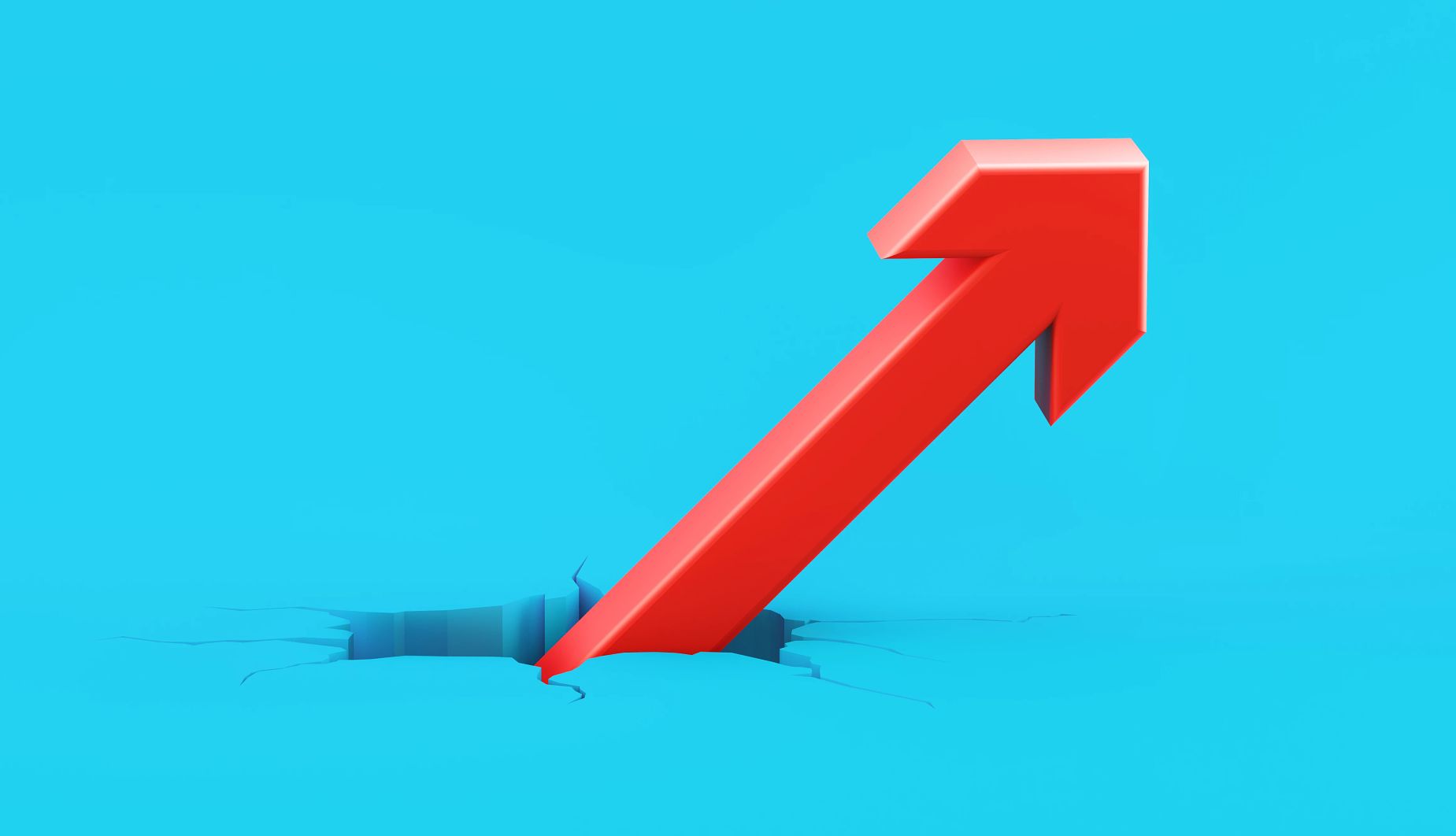AARP Hearing Center


If you grew up in the 1970s and early 1980s, inflation may be one of the monsters in your closet of economic anxieties. You probably remember gas rationing and soaring prices for everything from Hamburger Helper to halter tops.
The economy is in a much better place these days. Despite President Donald Trump’s seesawing tariffs, consumer prices edged up 2.7 percent year-over-year in November, according to the government's closely watched Consumer Price Index (CPI), which measures price changes across commonly purchased goods and services.
Nevertheless, rising prices is the top financial concern for 45 percent of Americans, a December NPR/PBS News/Marist survey found, not entirely surprising in light of a spike in prices in recent years that saw the inflation rate top 9 percent in the summer of 2022 before gradually coming back to Earth.
So, what is inflation, what causes it and what cures it? Here's what you need to know.
What is inflation?
Put simply, inflation is a rise in prices. Price changes are tracked by the Bureau of Labor Statistics (BLS) and reported monthly. While referred to generically as the CPI the broadest and most commonly used inflation index — BLS has more than one — is actually the CPI-U, which measures the average price change in a basket of goods likely to be bought by people who live in cities and suburbs. (The "U" stands for urban.) The CPI-U covers more that 90 percent of the population.
Your experience of inflation may be somewhat different from what’s reflected in the CPI, which weights each item according to a formula meant to mirror the average household.




































































More From AARP
Great Ways to Skirt Hidden Fees
Tips to spot and sidestep surprise charges
Learn These Money Lessons From Gen Z
You may not like their fashion sense, but zoomers are bringing the financial skills
Supermarket Items Worth the Splurge
And two products to avoid